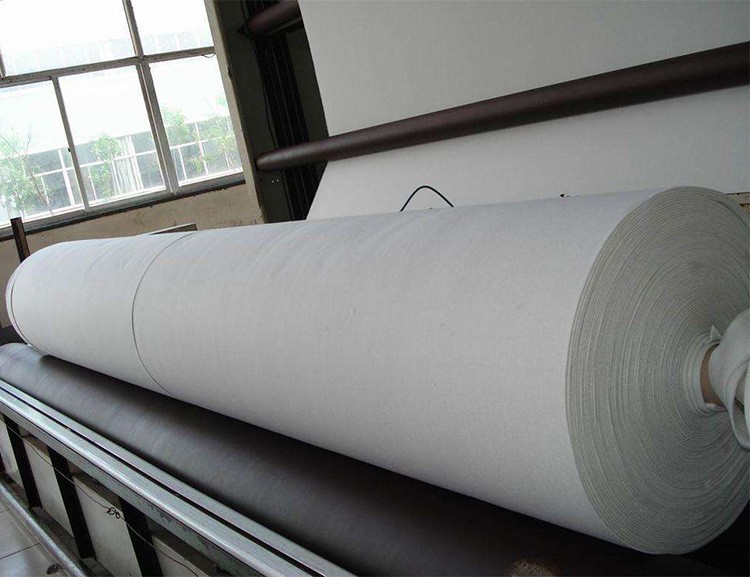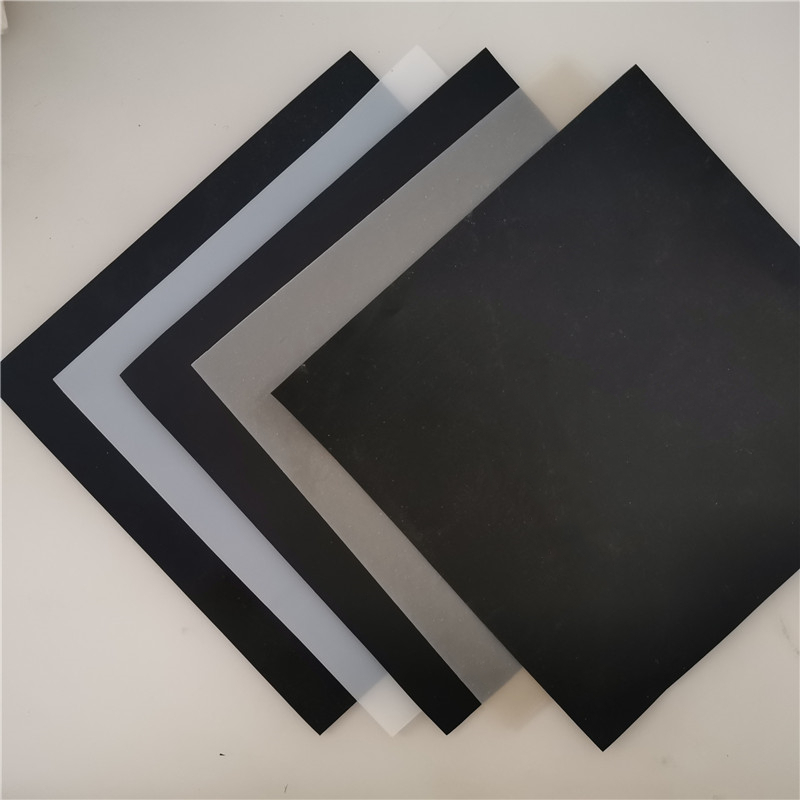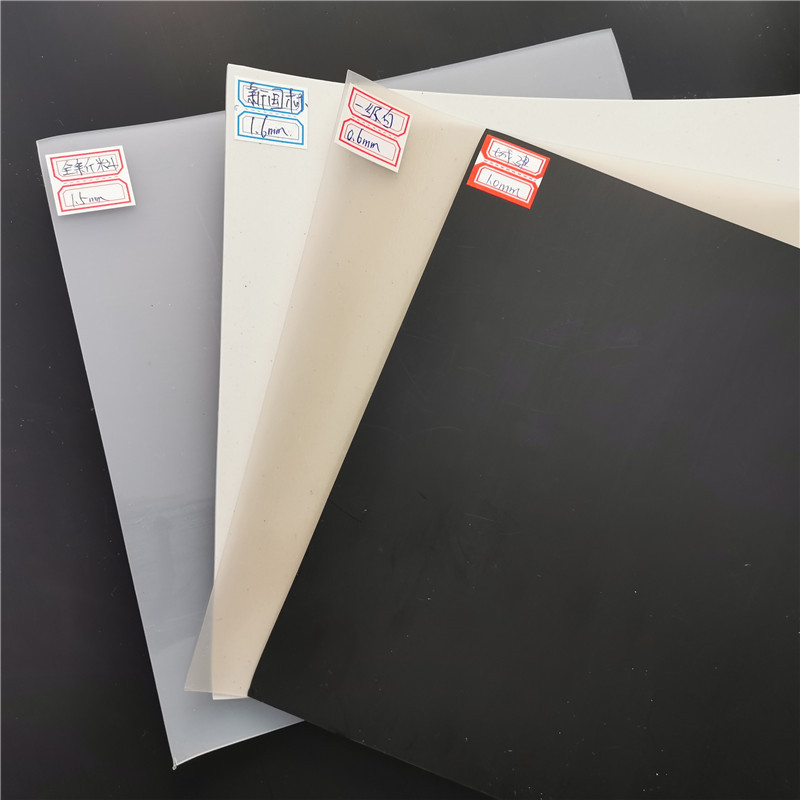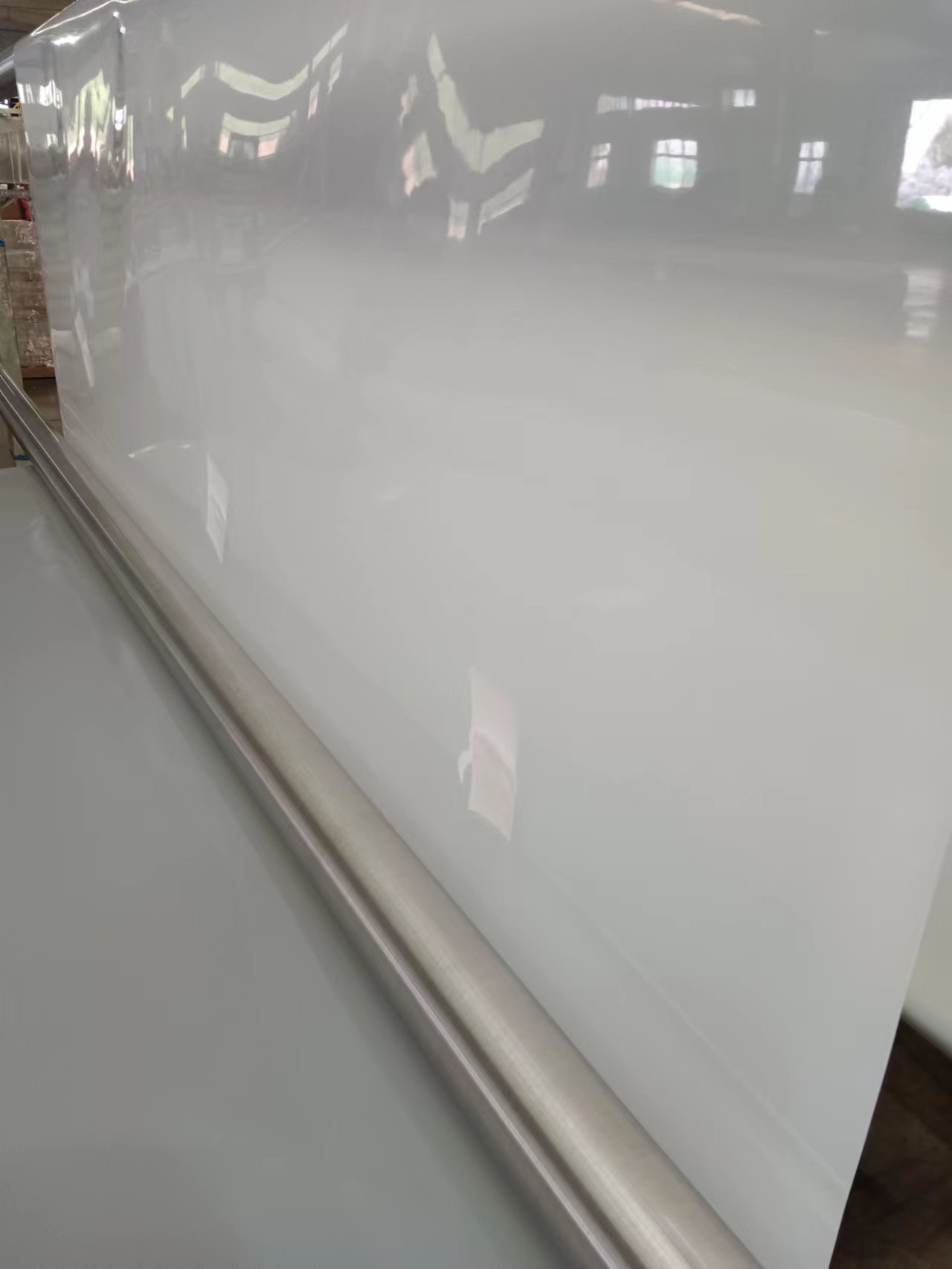详细内容:
Product Introduction
As a new type of anti-seepage and waterproof material, fishpond special anti-seepage membrane has the characteristics and functions of anti-seepage and anti-corrosion, good chemical stability, resistance to high and low temperatures, asphalt, oil tar, acid, alkali, and youth, and can be processed in any way according to the actual engineering needs. It can be widely used in aquaculture, reservoirs, water storage pools, sewage treatment pools and other water storage facilities. Before the construction of geomembrane, the requirements are as follows: First, the bottom of the fishpond should be compacted and leveled. Firstly, the bottom must be compacted and leveled. The bottom of the pond should be inclined towards the drainage outlet as a whole, and the bottom should be basically level without depressions or protrusions. Especially, there should be no sharp objects such as stones or tree stump exposed to avoid punctures or scratches on the anti-seepage fabric membrane, so as to extend the service life of the geomembrane. In production and use, first, it is necessary to avoid sharp objects from causing damage to the geomembrane; Second, when lowering the water level of the pond, the groundwater should be drained completely to prevent the groundwater level from being too high and breaking the geomembrane. Thirdly, during the off-season for production, try to keep the water depth of the pond at least half a meter to avoid overwintering due to dry ponds.
Performance features
Water storage: Due to its low permeability coefficient, it has excellent water storage performance, preventing water in fish ponds from seeping into the soil, effectively monitoring the water level, and saving related water retention costs.
System stability: Compared with directly digging a pond, using HDPE film can stabilize the slope, which is conducive to eliminating the threats brought by natural conditions such as wind, rain and waves to the fish pond, maintaining the stability of the system designed, and preventing the loss of farmed crops in the fish pond due to environmental damage. And by using anti-seepage membranes, the pond can have steeper slopes and deeper depths, which is equivalent to increasing the output in a disguised way. The stability of the system, of course, also reduces the cost of maintaining the earthwork for the aquaculture ponds.
Reduce maintenance costs: It can inhibit the growth of algae in water and is easy to clean. Because the geotextile membrane itself contains anti-ultraviolet additives, it is not afraid of sun exposure and is easy to maintain. The use of geomembranes can provide convenient environmental monitoring. Because the maintenance cost and time are both very low, fishing can be carried out conveniently and quickly.
Increase production: After using the anti-seepage membrane, there will be no weeds, sludge or other substances at the bottom of the pool that affect the speed of fishing, so fishing can be carried out effectively. The fishing time will be greatly reduced, and the vitality and freshness of fish and shrimp will be significantly enhanced.
Function and application
HDPE anti-seepage membrane is also known as high-density polyethylene membrane, HDPE geotextile membrane, and HDPE anti-seepage membrane. HDPE membrane is a plastic roll material composed of HDPE, which is a thermoplastic resin with high crystallinity and non-polarity. The original state of HDPE appears milky white and is semi-transparent to a certain extent in thin sections. PE has excellent resistance to most household and industrial chemicals.
Construction technology
Excavate the fishpond foundation, level and compact the base surface, remove debris, lay the anti-seepage membrane, and backfill soil (about 20cm) while laying. Anchor the top trench of the slope. It is recommended to use a thickness of 0.5mm, and follow the urban construction standard






